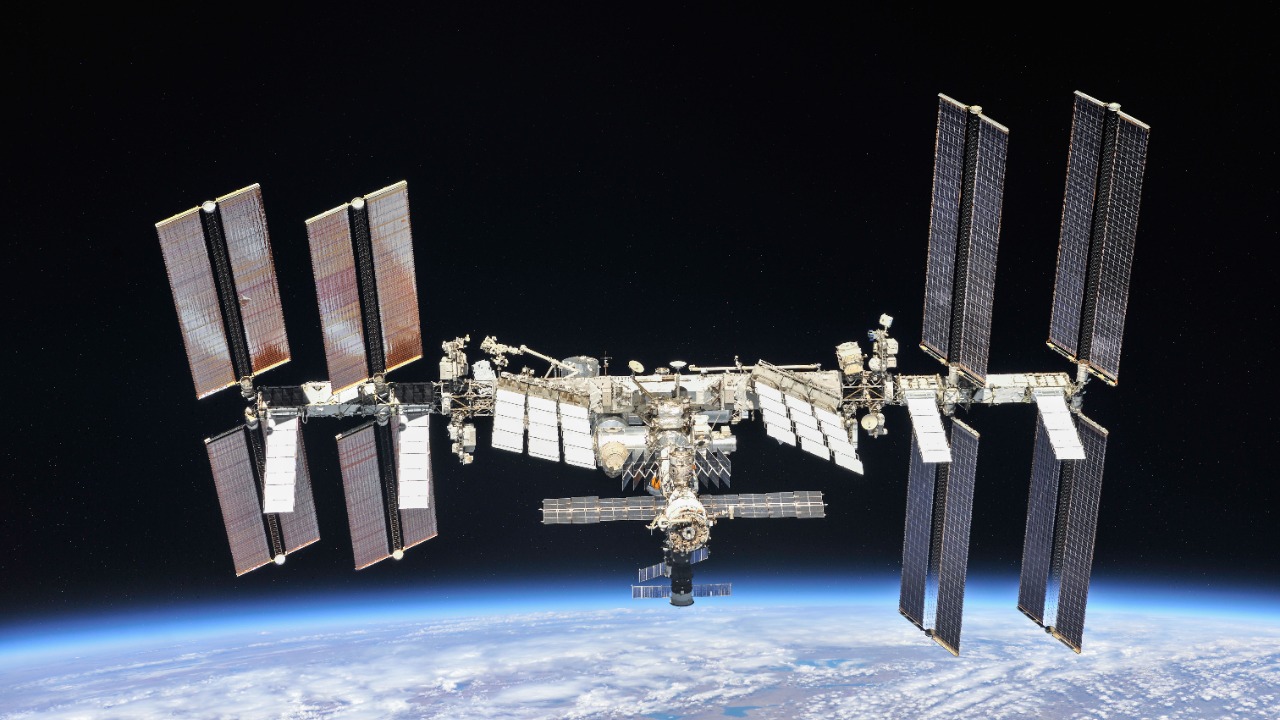
NASA is charting a course for the International Space Station’s (ISS) retirement, with plans to deorbit the aging orbital laboratory by 2030. This controlled reentry over the South Pacific Ocean is part of a broader transition away from the ISS, making way for commercial space stations to take over low-Earth orbit operations. The U.S. Space Force will play a crucial role in this final maneuver, using a dedicated deorbit vehicle.
Background on the International Space Station
Since its assembly began in 1998, the International Space Station has served as a collaborative hub for space research. This international endeavor involved NASA and international partners such as Roscosmos, the European Space Agency (ESA), the Japan Aerospace Exploration Agency (JAXA), and the Canadian Space Agency (CSA). By 2030, the ISS will have exceeded its original 15-year design life, prompting NASA to plan its retirement to avoid potential structural failures in orbit. This decision underscores NASA’s commitment to safely ending ISS operations and transitioning to the next phase of space exploration, as detailed here.
Reasons for Deorbiting the ISS
NASA’s decision to deorbit the ISS by 2030 is driven by a vision to transition to next-generation commercial space infrastructure. This move will free up resources for more advanced missions, fostering a sustainable space economy. The shift also benefits commercial space flight by encouraging private companies like Axiom Space and Blue Origin to develop successor stations in low-Earth orbit. More on how this transition supports a sustainable space economy can be found here.
The Deorbit Vehicle and Process
To ensure a controlled reentry, NASA will use a U.S. Deorbit Vehicle, a spacecraft specifically designed to attach to the ISS and perform the final propulsion burns. This vehicle, developed under a partnership with SpaceX or similar providers, will guide the station’s remains to fall into Point Nemo in the South Pacific, the oceanic pole of inaccessibility. The mechanics of the deorbit, including the timeline and technical specifications, are covered in detail here.
Role of International Partners
While NASA leads the deorbit, international partners such as Roscosmos will continue contributing until 2030. After this, Russia plans to detach its segment from the ISS. The coordination involves joint agreements to handle the ISS’s modular disassembly and the safe disposal of non-reusable components. More information on the involvement of international partners in this process can be found here.
Safety and Environmental Considerations
The controlled deorbit targets a remote ocean area to ensure no risk to populated regions. Over 90% of the ISS is designed to burn up on reentry, minimizing potential impact. NASA’s plan includes pre-deorbit preparations like removing hazardous materials and fuel to protect marine ecosystems. Detailed safety protocols are discussed in late 2025 reporting here.
Transition to Commercial Space Stations
After 2030, NASA will shift its focus to buying services from commercial providers for low-Earth orbit research. This includes stations from companies like Vast and Orbital Reef. This approach allows for a continued U.S. presence in space without owning hardware, fostering innovation in private sector capabilities. More insights into the post-ISS era and the benefits of commercial space stations are outlined here.
More from MorningOverview